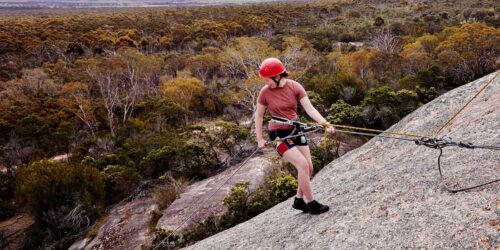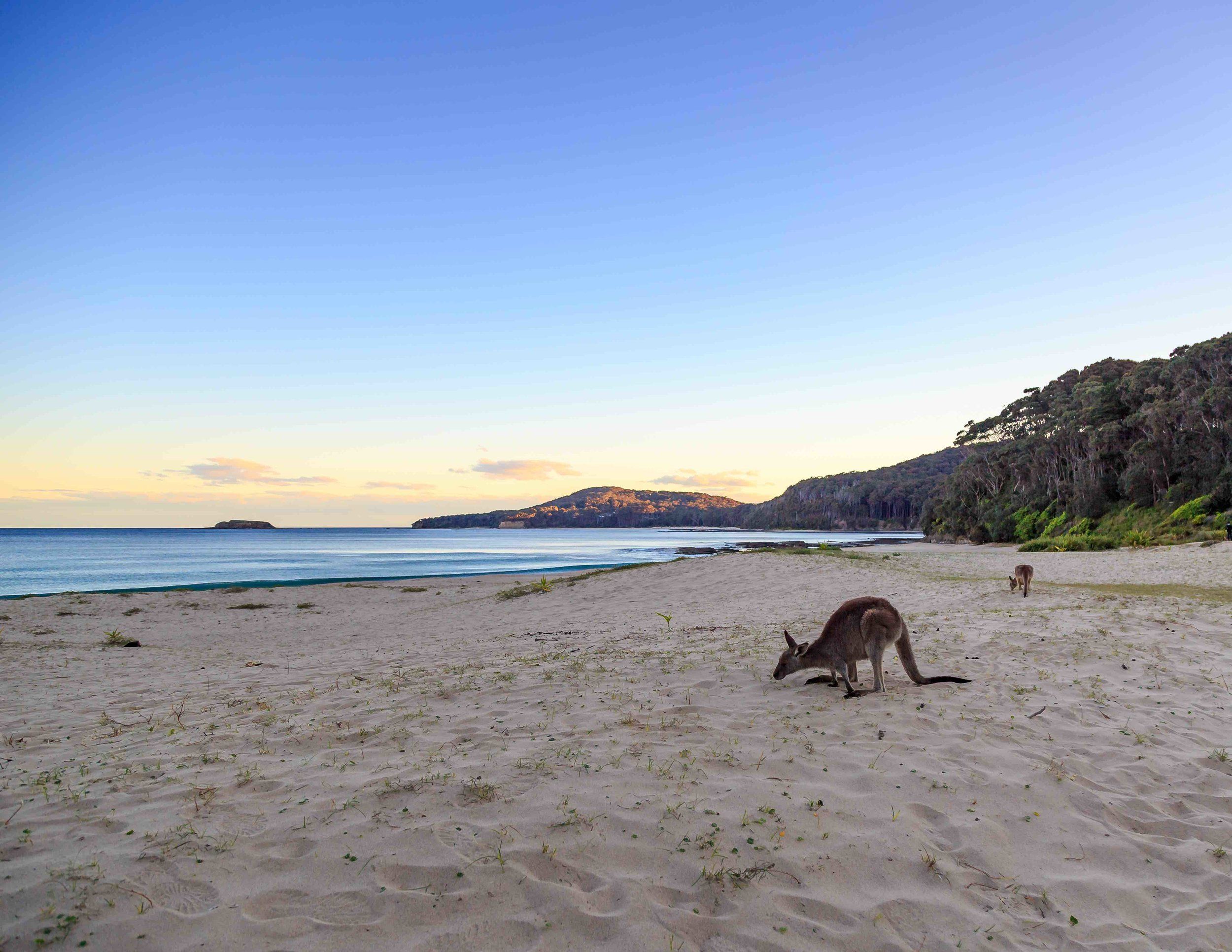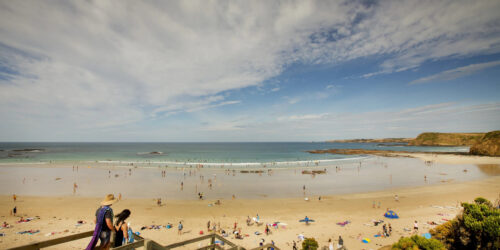The Best Places to Experience Australia’s Desert Landscapes
Australia is home to some of the most stunning and diverse desert landscapes in the world. From rolling sand dunes to rugged rock formations, there are endless opportunities to explore the unique flora and fauna that thrive in these arid conditions. In this article, we will delve into the best places to experience the mesmerizing desert landscapes of Australia, highlighting their unique features and experiences that await you in these breathtaking regions.

1. Uluru-Kata Tjuta National Park
One of the most iconic destinations in Australia, Uluru-Kata Tjuta National Park is situated in the heart of the Northern Territory. This park is famous for its towering sandstone monolith, Uluru (Ayers Rock), which holds cultural significance for the Anangu people. Visitors can embark on guided walks to learn about the history and spiritual importance of this site while enjoying stunning sunrise and sunset views. Additionally, the nearby Olgas (Kata Tjuta) are an impressive collection of dome-shaped rocks that offer a multitude of walking trails. These trails allow visitors to explore the rugged beauty of the landscape while keeping an eye out for native wildlife such as kangaroos and emus, enhancing the overall experience.
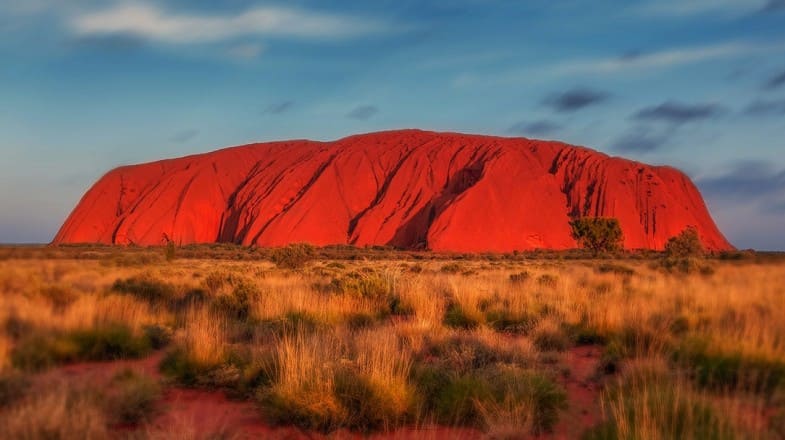
2. The Simpson Desert
The Simpson Desert, located in central Australia, is renowned for its expansive sand dunes and vibrant red sands. Covering over 176,500 square kilometers, it is one of the largest deserts in the country and offers a unique off-road driving experience for adventure enthusiasts. While exploring this breathtaking landscape, visitors can find themselves surrounded by awe-inspiring vistas that seem to stretch endlessly. For those seeking a more intimate experience, numerous guided tours provide opportunities to camp under the stars, where the clear desert sky reveals a dazzling display of constellations. The contrasting landscapes within the desert, including salt pans and rocky outcrops, make it an unforgettable destination for photography and exploration.
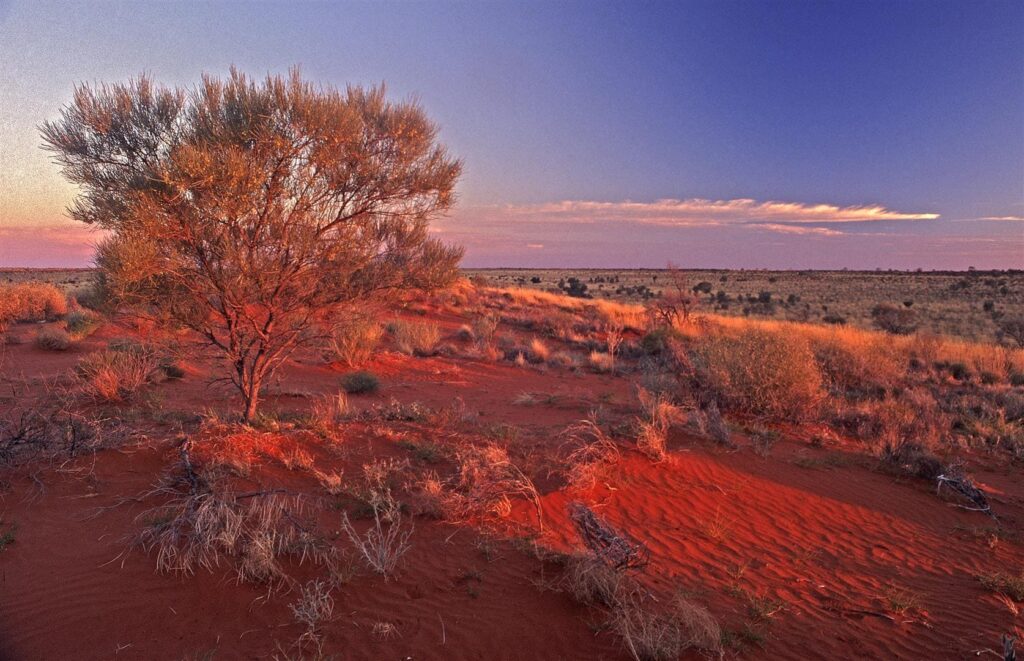
3. The Pinnacles Desert
Located within Nambung National Park in Western Australia, the Pinnacles Desert is famous for its unique limestone formations that rise dramatically from the sandy landscape. These towering structures, some reaching up to five meters in height, create a surreal and otherworldly atmosphere. Walking through the Pinnacles provides a fantastic opportunity to witness a striking blend of colors and shapes, especially during sunrise and sunset when the light casts long shadows. The park also boasts beautiful coastal views, and the nearby Lancelin dunes offer a thrilling experience for sandboarding enthusiasts. A visit here is not only a journey into a unique geological setting but also an immersion into the vastness of Western Australia’s desert beauty.

4. Lake Eyre
Lake Eyre, often termed as the largest salt lake in Australia, is another stunning location to experience the stark contrasts of desert landscapes. Located in South Australia, this ephemeral lake is usually dry and fills only occasionally with rainwater, transforming its surface into a shimmering white expanse. The best time to visit is during the rare flood events that bring life back to the lake, attracting a diverse range of wildlife, including migratory birds. The surrounding outback landscape, with its red earth and sparse vegetation, creates a breathtaking backdrop to the lake’s shimmering surface. Exploring this remote area through 4WD tours reveals the unique beauty and tranquility of Australia’s desert regions.
5. The Outback Trail
The Outback Trail offers an immersive experience into the heart of the Australian desert. Stretching across various locations, this trail allows travelers to explore remote locations, including hidden canyons, ancient rock art sites, and stunning vistas of endless desert plains. You can take guided hikes that include visits to Aboriginal cultural sites, allowing you to gain deeper insights into the history and stories of the land. The varied landscapes along the trail showcase everything from rugged mountains to delicate wildflowers that spring to life after rare rains. Outdoor enthusiasts can indulge in activities like hiking, camping, and even stargazing in one of the world’s darkest night skies. This journey promises a deep connection with nature and the rich cultural heritage of the region.
Conclusion
Australia’s desert landscapes provide a compelling blend of stark beauty, unique geological formations, and rich cultural heritage. From the iconic Uluru to the enchanting Pinnacles Desert and the expansive Lake Eyre, each location offers a different but equally breathtaking experience. Whether you are an adventure seeker, a nature lover, or someone looking to connect with the spiritual nuances of the land, the Australian desert has something for everyone. Planning a visit to these remarkable sites not only connects you with the natural wonders of the outback but also enriches your understanding of Australia’s diverse ecosystems and its indigenous cultures. Immerse yourself in these desert landscapes to create memories that will last a lifetime.
FAQs
The best time to visit the Australian deserts is during the cooler months, from April to September, when temperatures are more manageable, and the weather is pleasant for outdoor activities.
2. Are there guided tours available for these desert locations?
Yes, many of these desert locations offer guided tours led by knowledgeable guides who can provide insight into the area’s history, geology, and native wildlife.
3. Can you camp in the Australian deserts?
Yes, camping is allowed in many areas of the Australian deserts, but it’s essential to check local regulations and park guidelines before setting up camp.
4. What wildlife can you see in Australia’s deserts?
Common wildlife you may encounter includes kangaroos, emus, various reptiles, and numerous bird species, particularly during the migration seasons or after rain.
5. How can I best prepare for a desert trip?
When preparing for a desert trip, ensure you carry plenty of water, sun protection, a first-aid kit, appropriate clothing for changing temperatures, and a reliable map or GPS for navigation.

